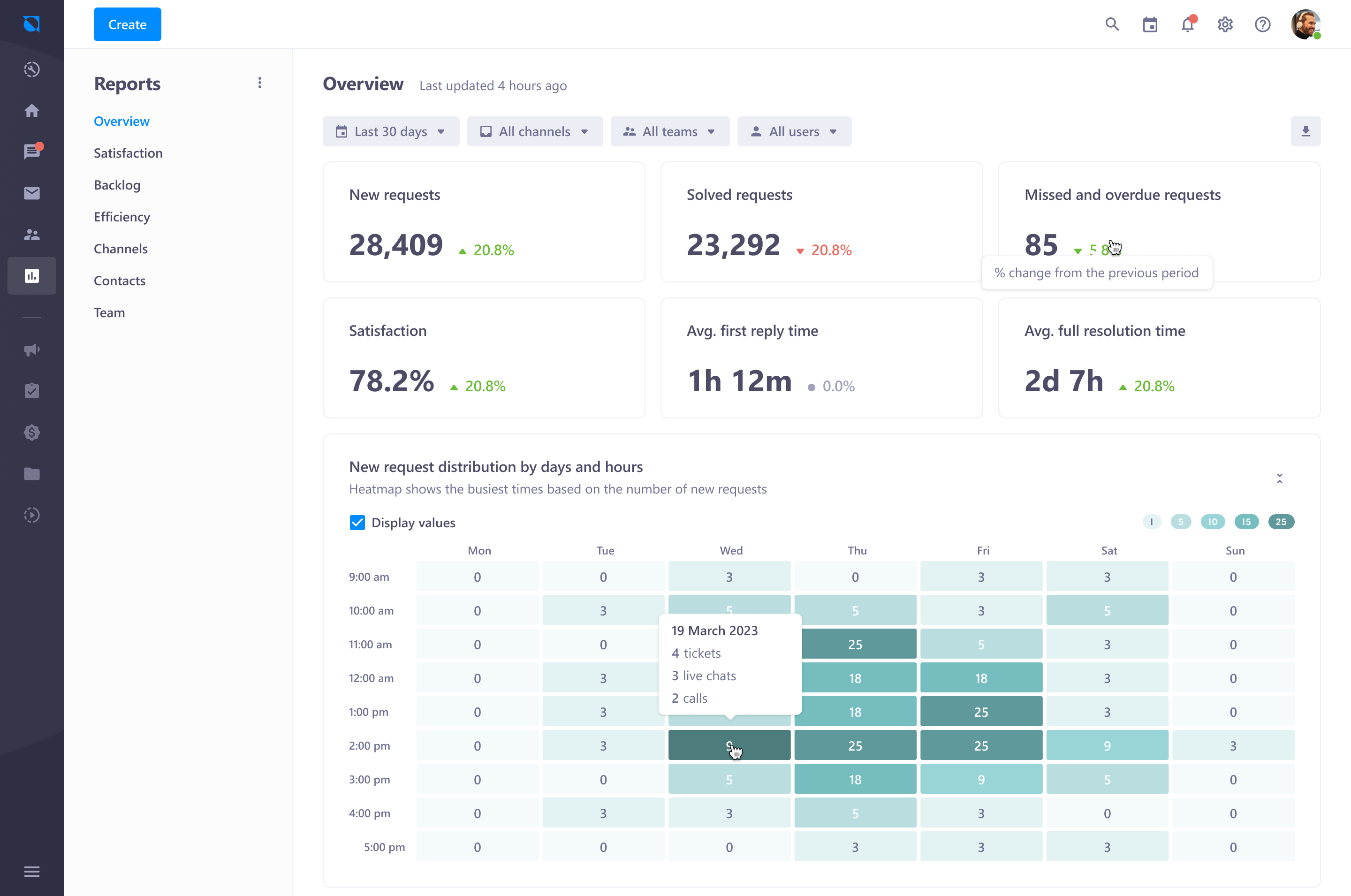How to Ensure Your SLA Response Time Meets Customer Expectations
How to Ensure Your SLA Response Time Meets Customer Expectations
Blog Article
In the present aggressive business landscape, customer support superiority is non-negotiable. One of many crucial facets that influence customer care is the Support Level Agreement (SLA) result time. SLAs outline the estimated time frames within which your group should respond to customer inquiries or issues. Declining to meet these objectives may result in frustrated customers and damaged reputations. Thus, ensuring your SLA response time meets or exceeds customer objectives is crucial for long-term success.

1. Collection Realistic and Distinct SLA Benchmarks
Establishing an SLA reaction time that aligns with equally customer expectations and your team's abilities is the first step. It's vital to define obvious, measurable criteria which can be realistic yet challenging. Realize your customers' needs, the complexity of your support, and the resources available to your help staff before setting these expectations. Aiming your SLA with market standards while contemplating your unique organization context may help ensure that you do not overpromise and underdeliver.
2. Power Automation for Faster Reaction Times
Automation may considerably improve response time and efficiency. Utilizing ticketing systems, automated mail answers, and chatbots may instantly recognize customer inquiries, allowing your help group to focus on handling dilemmas more quickly. Automated workflows can sort and prioritize seats, ensuring that high-priority dilemmas are addressed first, more lowering response times.
3. Check and Improve Workflow Effectiveness
Checking your team's efficiency against SLA standards is essential for sustaining large levels of customer satisfaction. Normal checking of important metrics like average reaction time and decision time may reveal inefficiencies in your workflow. Use these insights to improve techniques, optimize reference allocation, and provide extra training to support staff. Ensuring your team has the tools and information to take care of issues easily is crucial for keeping within your SLA response time.
4. Implement Tiered Help for Different Complexity Degrees
Not absolutely all customer dilemmas are produced equal. By employing a tiered help structure, you are able to allocate resources more efficiently, ensuring that more complicated dilemmas get the attention they require without impacting result situations for easier inquiries. This process helps maintain a harmony between rapid reactions and complete problem resolution.
5. Set Client Objectives with Aggressive Interaction
Clear connection is important to handling client expectations. If a problem can take longer to eliminate due to its complexity, alert the consumer promptly. By providing regular revisions, you show that you're definitely focusing on their problem, that may keep trust even if response instances are somewhat delayed. Setting practical expectations transparent helps construct confidence and decreases frustration.

Conclusion
Meeting your SLA result time is vital for client satisfaction and retention. By placing sensible standards, leveraging automation, optimizing workflows, utilizing tiered support, and maintaining practical interaction, organizations may assure they regularly meet or surpass client expectations. The end result is stronger customer associations, improved company delivery, and a aggressive edge in the market. Report this page